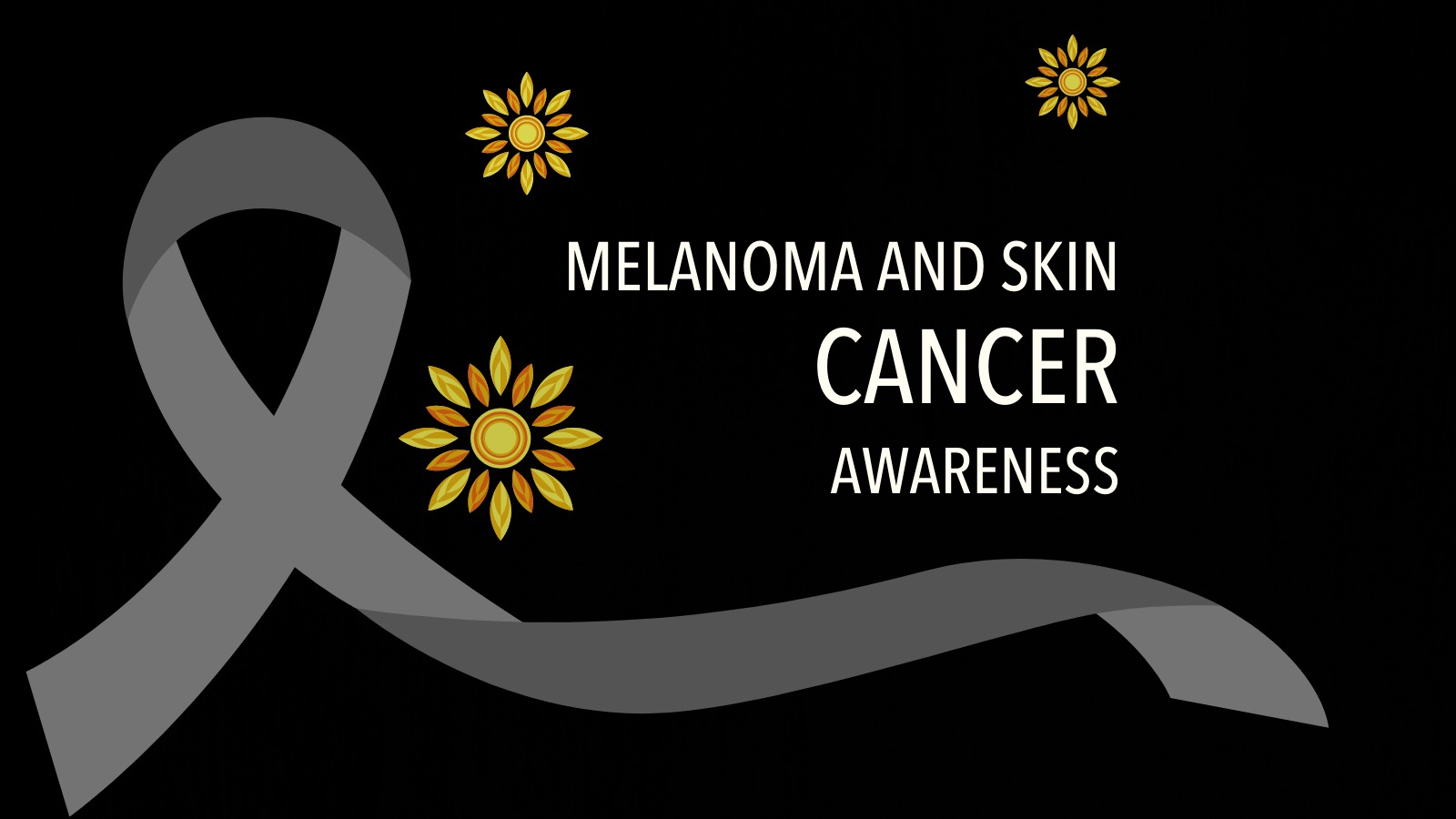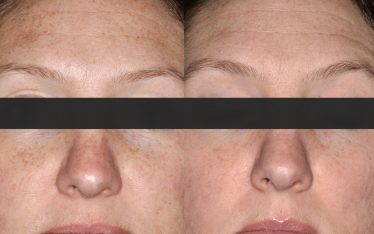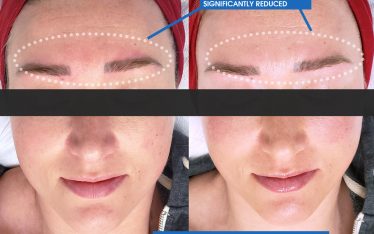May is Melanoma Awareness Month! Here are 5 fun facts about Melanoma:

May is Melanoma Awareness Month! This annual observance aims to raise awareness about melanoma, the deadliest form of skin cancer. It provides an opportunity to educate people about the risk factors, prevention methods, and early detection of this disease. In honor of Melanoma Awareness Month, here are five intriguing facts about melanoma that you may not know.
- Every hour, every day, one person dies of melanoma: Melanoma is a serious disease that claims many lives worldwide. Shockingly, statistics reveal that someone loses their life to melanoma every single hour. This alarming figure highlights the urgent need for awareness, early detection, and prevention.
- Varying risk factors: The lifetime risk of developing melanoma varies among different ethnic groups. For Caucasians, the risk is approximately 2.5% (1 in 40), while for Hispanics, it is 0.5% (1 in 200). However, the risk is relatively lower for African Americans, with a lifetime risk of 0.1% (1 in 1,000). These statistics emphasize the importance of understanding individual risk factors and taking appropriate precautions.
- Tanning bed use and increased risk: The use of tanning beds has been strongly linked to an increased risk of melanoma. In fact, studies have shown that individuals who use tanning beds before the age of 35 have a 75 percent higher risk of developing melanoma. This sobering fact underscores the dangers of artificial tanning methods and encourages everyone to embrace natural sun protection strategies instead.
- Melanoma can affect all age groups: While the average age of melanoma diagnosis is 63, it is crucial to note that this cancer can also impact younger individuals. Melanoma cases are increasingly common among people under the age of 30. This serves as a reminder that no one is exempt from the risk of melanoma, regardless of their age.
- Survival rates vary depending on the stage: Early detection is key to improving survival rates for melanoma. The 5-year relative survival rate for localized, early melanoma is over 99%, indicating a high chance of recovery. However, if the cancer has spread regionally, the survival rate drops to 68%,and for melanoma that has spread to distant sites, the rate further declines to 30%. These statistics emphasize the importance of regular skin checks and seeking medical attention promptly if any concerning changes are noticed.
In conclusion, Melanoma Awareness Month serves as a crucial reminder of the impact and prevalence of melanoma. By spreading knowledge about this deadly form of skin cancer, we can empower individuals to take proactive steps in prevention, early detection, and seeking medical care. Remember to protect your skin from harmful UV rays, conduct regular self-examinations, and schedule regular appointments with a dermatologist.
Together, we can make a difference in combating melanoma and saving lives.


